

Minimalist Graphic Design 101: Principles & Best Examples
Discover everything there is to know about minimalist graphic design, with principles, tips, and examples.

.svg)
What is minimalist graphic design and why is it so popular? Here’s everything you need to know.
What is minimalist graphic design?
Minimalist design is a visual and functional approach that emphasizes simplicity, clarity, and purpose.
It strips away unnecessary elements and focuses only on what is essential to create a clean, balanced, and intentional experience. Rooted in the principle of “less is more,” minimalism is widely used across graphic design, web design, architecture, and product design to highlight content and function without distractions.
Here are a few defining characteristics of minimalist graphic design.
{{GRAPHIC_BANNER="/dev/components"}}
Clarity and simplicity
Every element should serve a purpose, whether it’s guiding the user’s eye or emphasizing a message.
By removing visual clutter and decorative excess, designers can ensure that users aren't overwhelmed and can understand the content at a glance. This simplicity enhances usability and leaves a lasting impression through quiet elegance rather than visual noise.
Use of negative space
Negative space, or white space, is a powerful tool in minimalist graphic design, but also design in general. It gives the layout breathing room and draws attention to what truly matters.
Instead of trying to fill every inch of a page or screen, minimalist design embraces empty space as an active design element that improves focus, guides navigation, and adds a sense of sophistication.
Focus on functionality
Minimalism isn’t just about aesthetics—it’s also about purpose. In minimalist design, form follows function. Elements are included because they serve a clear role, not just because they look good.
This leads to interfaces and compositions that are intuitive and user-centered. Whether it’s a product interface or a printed layout, minimalist design aims to streamline the user’s journey by eliminating confusion and allowing core functions or messages to shine through.
{{WEBSITES_PORTFOLIO="/dev/components"}}
Limited color palette and typography
Minimalist graphic design is all about using the smallest number of design elements , which includes color and typography.
Minimalist designs often use a monochromatic or one or two accent colors. Similarly, typography is kept simple and clean, focusing on readability rather than decorative flourishes. Sans serif typography is more common in minimalist graphic design.
Balance and alignment
Visual balance and alignment are critical in minimalist design. Because there are fewer elements on the page, their placement becomes even more important.
Designers pay careful attention to grid systems, symmetry, and spacing to create compositions that feel harmonious and stable. Proper alignment helps guide the viewer’s eye smoothly through the content, creating a sense of order and professionalism that enhances both aesthetics and usability.
Benefits of minimalist graphic design (+ examples)
So, how come minimalism in graphic design has remained so popular, despite constant new trends?
Here are a few convincing reasons, with real-life minimalist graphic design examples.
Improved functionality and user experience
We’ve already mentioned that the reason minimalist graphic designers use fewer elements is to focus on functionality and a streamlined user experience.
This is of course most visible in website design. Quin is a tool that uses meeting notes and messages to create action plans and tasks. The brand’s website sticks to the idea of "streamlining" with a toned down color palette, minimalist typography, and very few images.
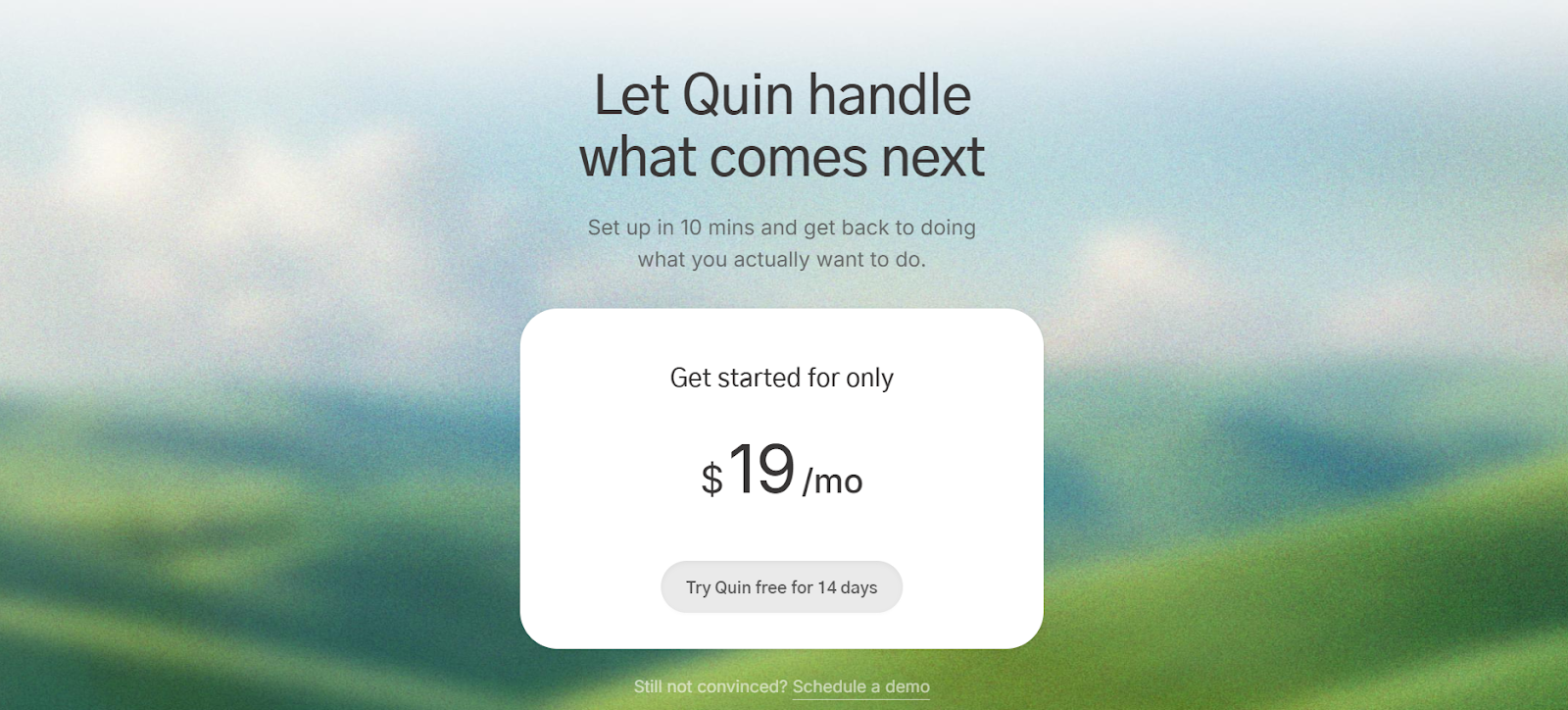
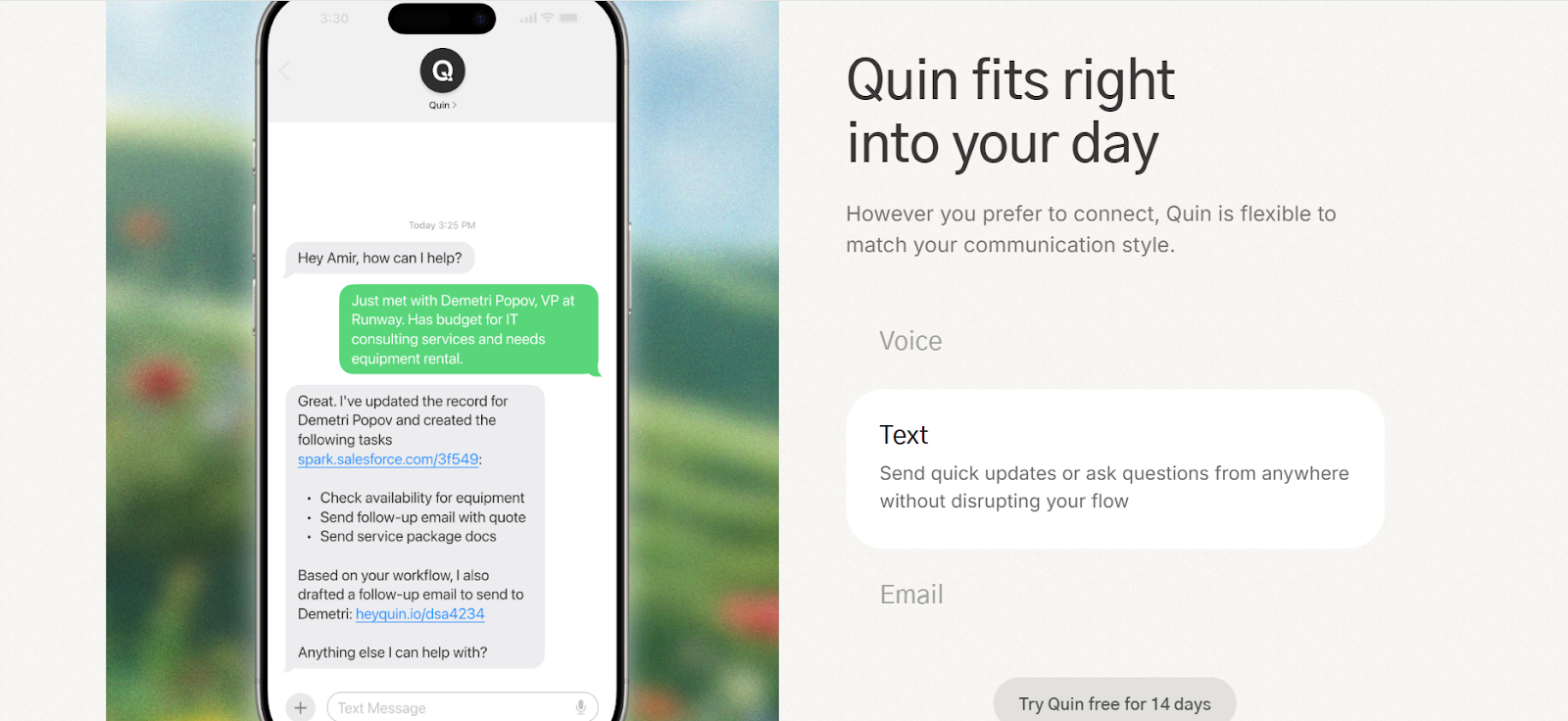
Timelessness
One of the biggest advantages of creating a minimalist logo is that it will likely stay relevant for a long time. Rebranding can be difficult and costly, so it’s best to opt for something that you can use for years to come.
One of the best and most famous minimalist graphic design examples in this area is the Apple logo. Although it underwent a couple of iterations, it’s always retained it simple and sleek look.
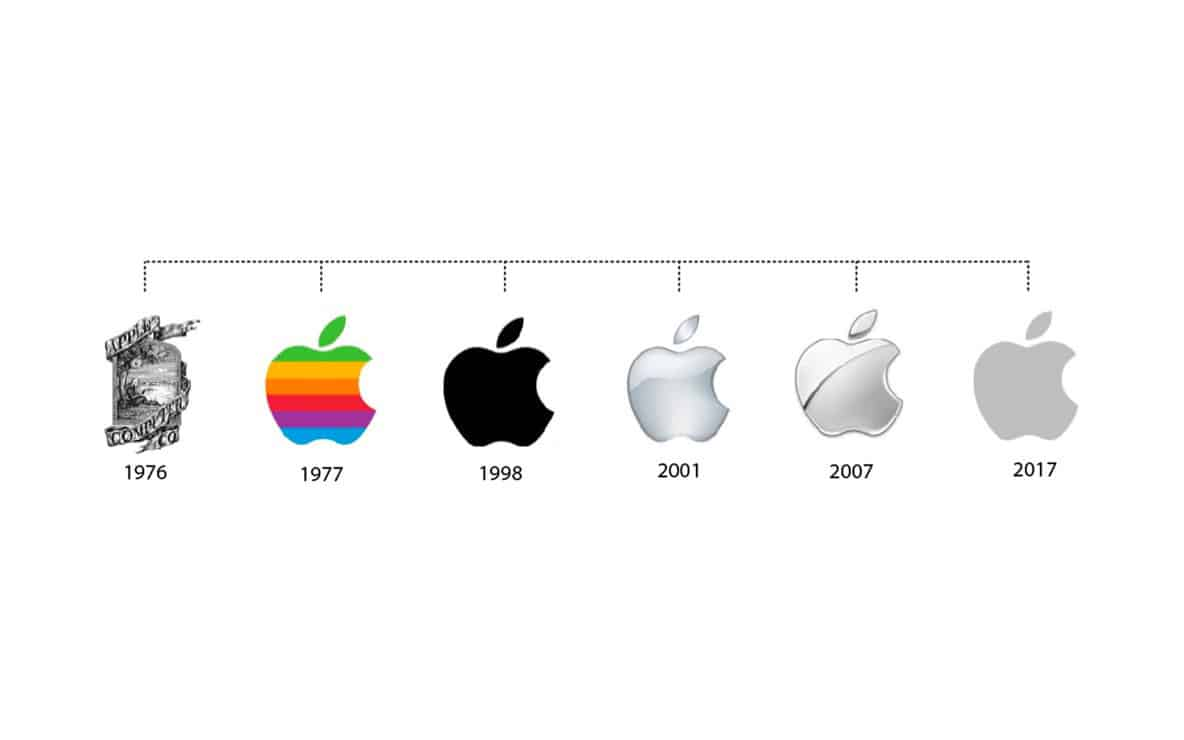
Versatility
Social media is definitely subject to changing design trends. So, if you’re hoping to create a bunch of social media templates to reuse again and again, a minimalist graphic designer will be your best friend.
Here are some beautiful interior design social media posts that focus on simplicity and clean lines. This is a great style to adopt no matter what your industry might be, as it helps viewers to focus on the most important elements, be it a product shot, interior design, or a CTA.
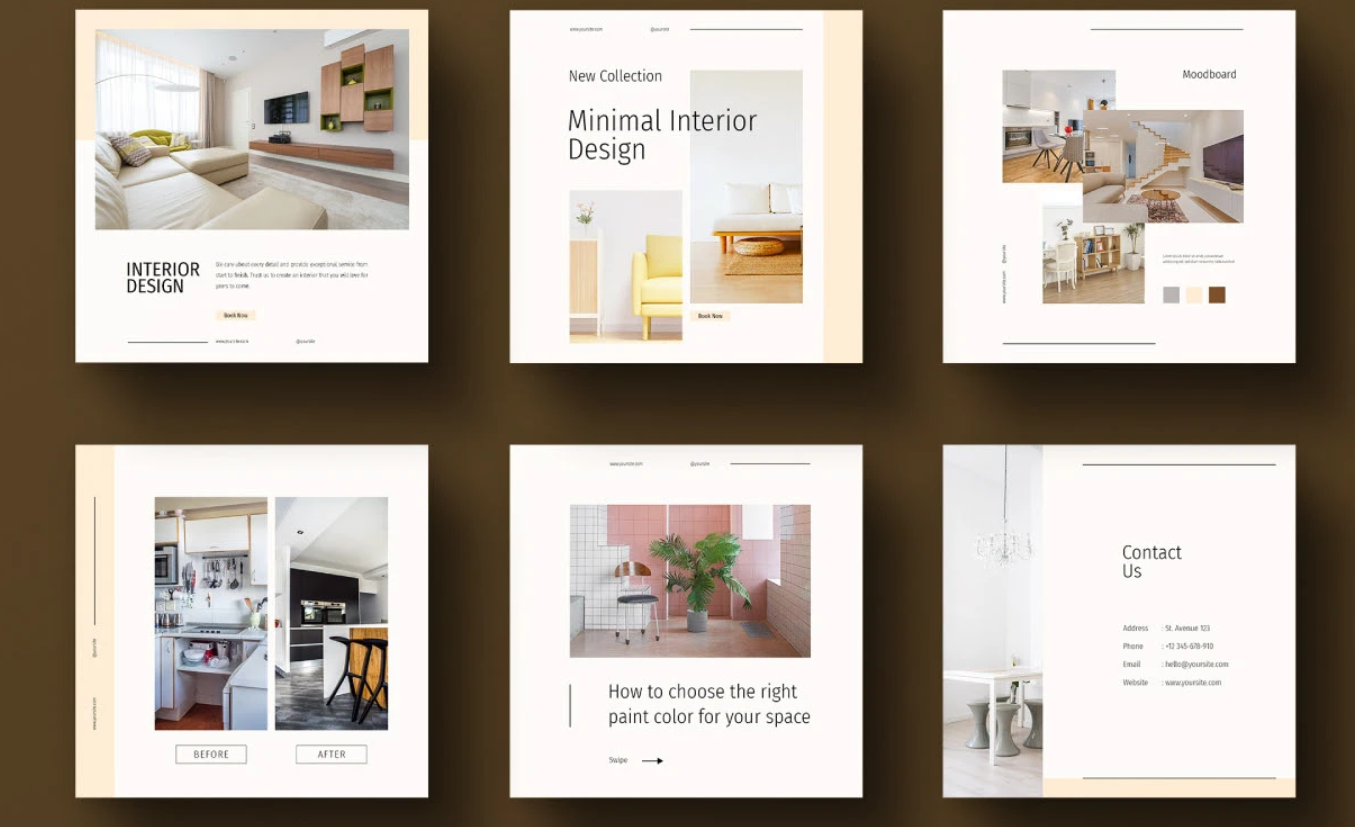
Cost and time efficiency
When there are fewer graphic elements to design, the design process is often faster and less expensive. A great example of this is packaging design. With a striking label design you could save up on printing costs and use simple cardboard or kraft paper.
A high-end example on the other hand is the iconic Tiffany box. You don’t see many bells and whistles on this box, all the focus in on just one design element - the iconic turquoise color.
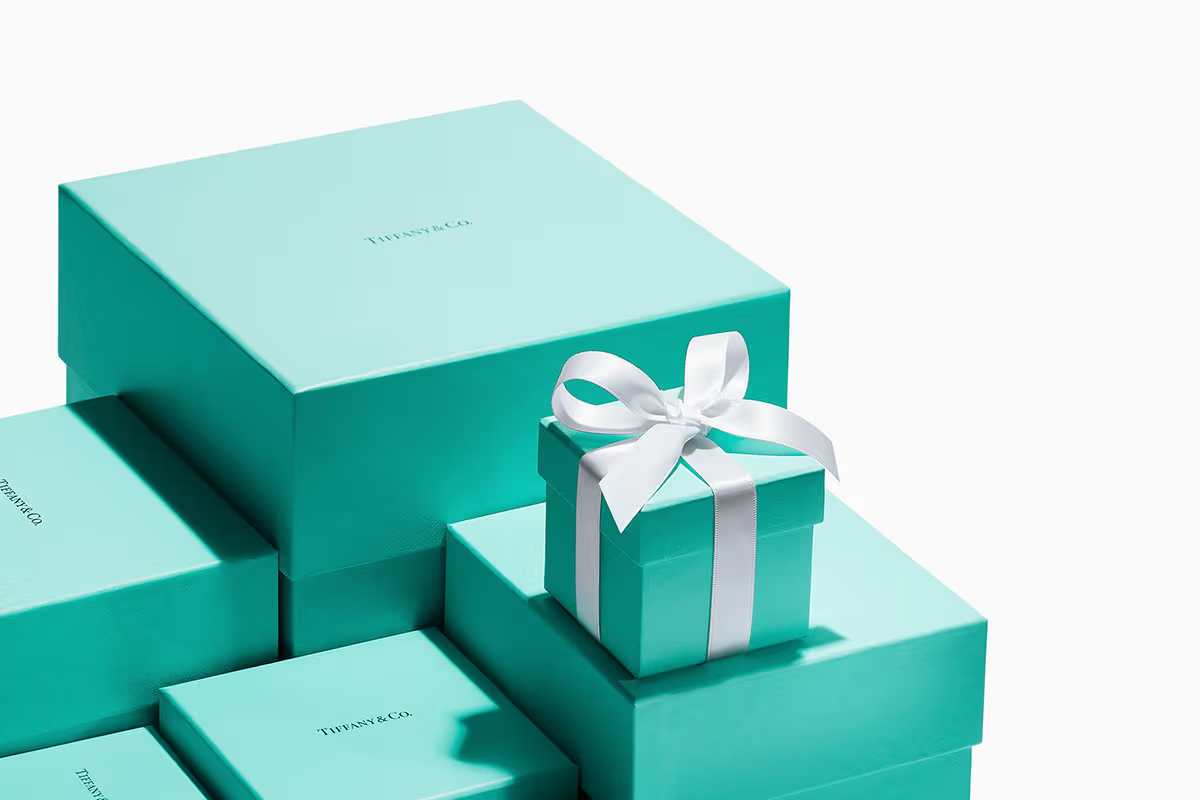
Strong brand identity
Creating a cohesive brand identity is one of the most challenging graphic design projects there are. From websites to business cards, everything should have the same feel and reflect the same brand image.
Well, hiring a minimalist graphic designer can be a good idea here as well. With fewer elements to work with, it’s easier to create a cohesive look. One of my all time favorite minimalist brand identities belongs to the beauty brand Aesop.
From striking interior designs, to their website and beautiful packaging, everything about this brand is focused on quiet luxury and elegant minimalism.
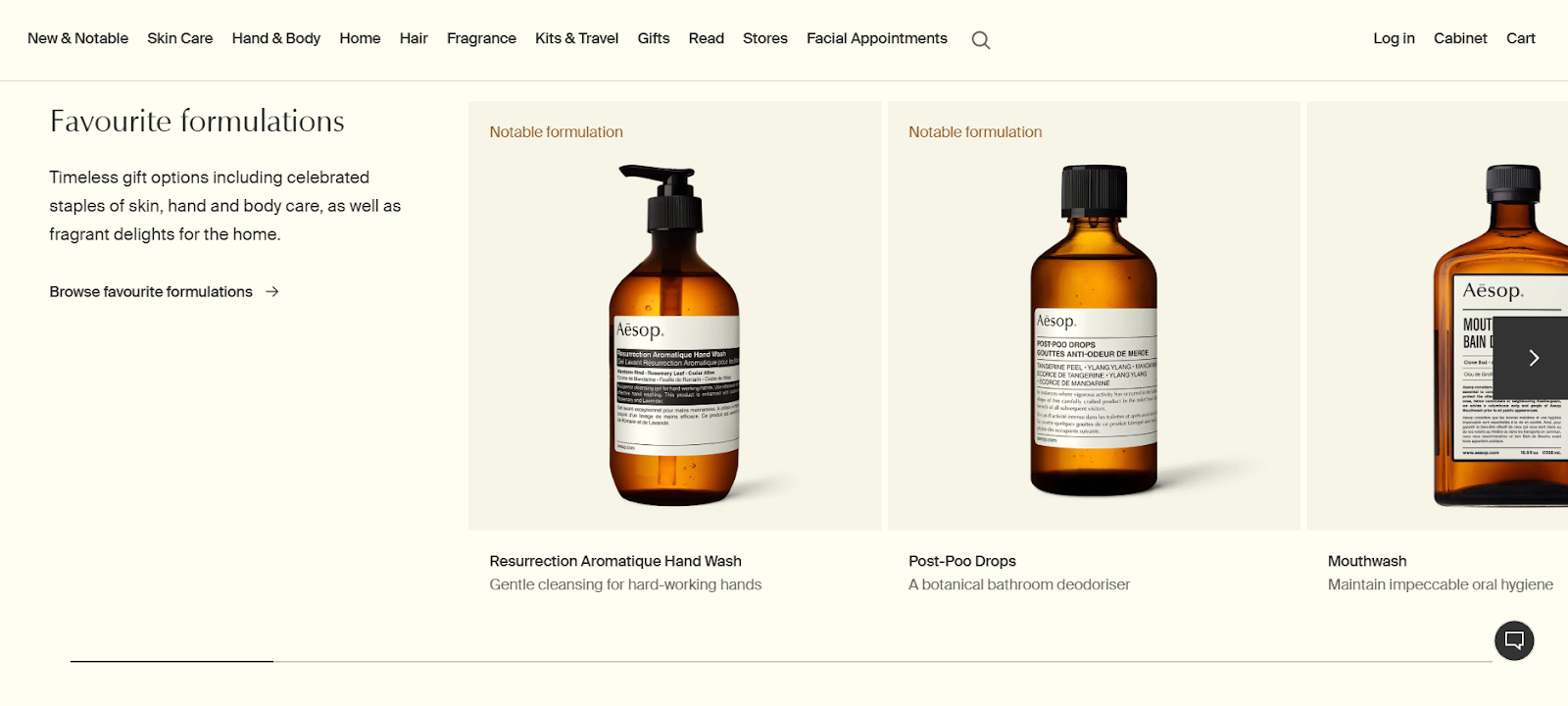
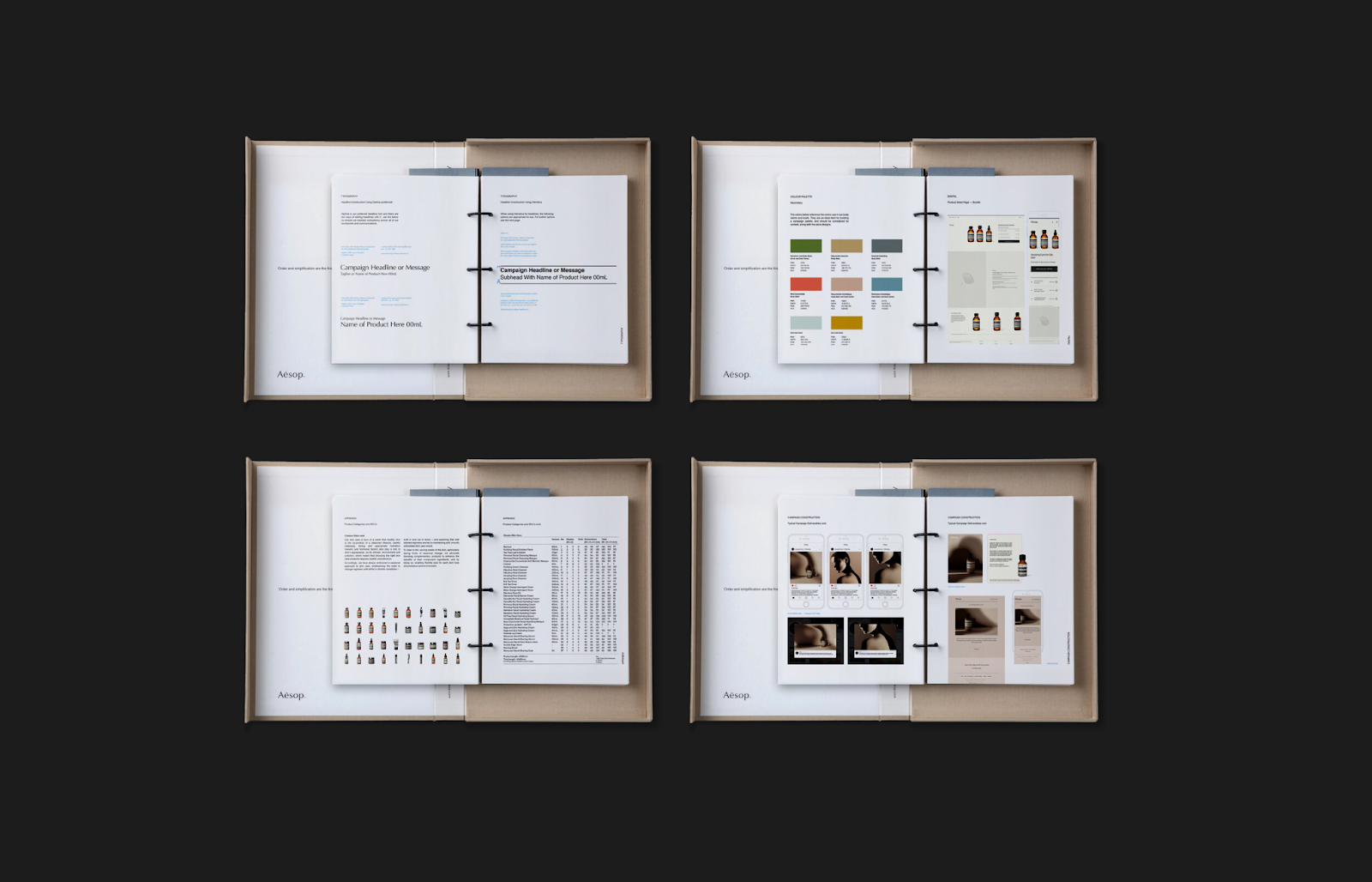
Conclusion
As you can see minimal design is so much more than creating a simple look. It helps to improve the functionality of your designs/products, improves user experience and creates a visual hierarchy where the most important elements and messages can shine.
For more handy graphic design tips, check out this list of essential graphic design styles, and these guidelines on how to create good design.
Having lived and studied in London and Berlin, I'm back in native Serbia, working remotely and writing short stories and plays in my free time. With previous experience in the nonprofit sector, I'm currently writing about the universal language of good graphic design. I make mix CDs and my playlists are almost exclusively 1960s.
A design solution you will love
Fast & Reliable
Fixed Monthly Rate
Flexible & Scalable
Pro Designers
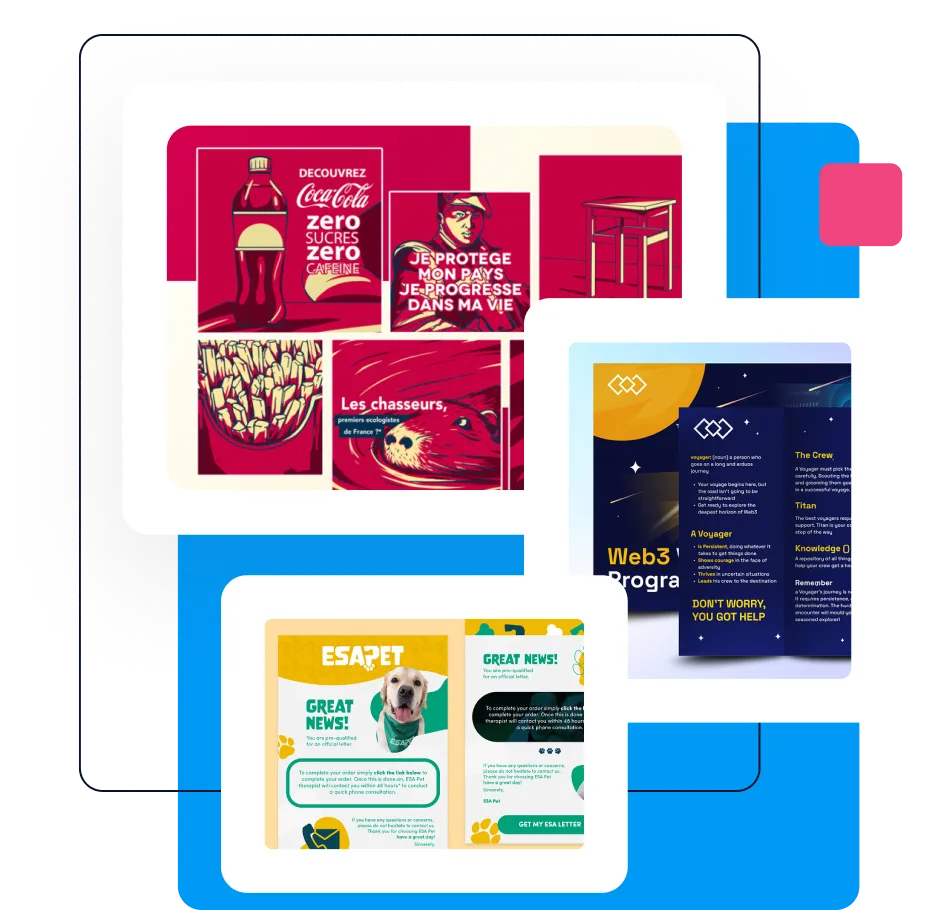





.jpg)

